Hydroponic Farming: A Complete Guide to Soilless Cultivation
टेबल ऑफ कंटेंट
Hydroponic farming is a type of farming in which plants or crops are being grown without much use of soil, it is usually water-based, with nutrients filled and soil–fewer plants grown.
Why soil-less farming?
Hydroponics is one way of planting things without using soil. Instead of soil, the plants are put in water that is loaded with nutrients. What that does is make the plants get all of their nutrients from the water directly and use that to grow more quickly and in healthier conditions. "Hydroponics" comes from two Greek words: "Hydro," or water, and "ponos," or work. Hydroponics, therefore, literally means "working water."
In conventional agriculture, plants derive nutrients from the earth. But with hydroponics, the soil is substituted by a water solution that has all the nutrients for the plants. Plants can thrive in areas with no soil or where soil cannot be easily accessed for planting, such as the city, desert, or indoors.

Types of Hydroponic Farming

There are several hydroponic system variations, and each operates in a somewhat different way. Here are the most typical ones:
1. Wick System
It is the easiest hydroponic system. Plants are in a growing medium (such as coconut coir or perlite) in a wick system, and a wick (such as a rope) draws the nutrient water from a reservoir to the plant roots. It is simple to install and does not need any pumps or electricity, but is not appropriate for large plants or very watered plants.
2. Deep Water Culture (DWC)
Plants here are suspended on a solution of water containing nutrients, and the roots are submerged in water directly. The water is oxygenated by an air pump so that the roots can breathe. This culture is ideal for leafy greens such as lettuce and herbs but not suitable for bigger plants or those that require extensive support.
3. Nutrient Film Technique (NFT)
In NFT, a thin layer of Water with nutrients is pumped over the roots of the plant, which are kept in a sloping tray. Water runs along the side to side of the tray, and then it's pumped back to the start. It is effective and less water-intensive than other systems but it needs a continuous supply of water, so if the pump stops working, the Plants will dry out rapidly.
4. Ebb and Flow (Flood and Drain)
In this method, the plant roots are flooded with water containing nutrients and drained back to a reservoir. This process occurs several times per day. The plants are contained in a medium such as gravel or clay pellets, which stabilise the roots. This type of system is relatively flexible and may be used with a vast number of plants but needs to have a pump and a timer for managing the flooding and draining.
5. Aeroponics
In aeroponic systems, the roots of the plants are suspended in the air and are sprayed with a fine spray of nutrient water. Aeroponics is water-efficient and provides the roots with ample oxygen enabling the plants to grow rapidly. Aeroponics is harder to install and maintain, and a good misting system is needed.
6. Drip System
In a drip system, slow dripping of nutrient Water is directly supplied to the bottom of every plant. The excess water is recycled and collected in the system. This system is highly efficient and can be applied to a large number of plants, but it has to be monitored closely to Supply the plants with the appropriate amount of water and nutrients.
Which are the most profitable crops under hydroponics?
1. Cherry tomato
2. Red cabbage
3. Lettuce
4. Mushroom
5. Strawberries
Advantages or benefits of Hydroponics Farming
1. Faster Growth
Hydroponics farming is a modern way of agriculture that combines technology too. So, using hydroponics farming as a method of farming leads to higher yields. Plants are grown in a well–managed system. As the roots are bathed or are riches in nutrients, they need plants are grown in the upward direction using less amount of time and energy.
2. Less or a handful of chemicals
While hydroponic systems can not eliminate pest problems, they do reduce the likelihood of them occurring, reducing the need for pesticides and herbicides.
Weeds cannot take over your garden since hydroponic systems are well managed. As a result, herbicides are no longer required.
Furthermore, because hydroponic systems are frequently used inside, pests have a harder time infiltrating them, therefore pesticides aren't required.
3. Nutrients control
Hydroponic systems feed plants a fertilizer solution mixed with water, allowing the farmer to better manage the nutrients absorbed by their crops.
Fertilizers may be required to help cultivars cultivated in soil survive. However, under hydroponics, the plants are already receiving all the assistance they require in the correct amount.
4. Hydroponics: soil erosion
When practicing hydroponics, leads to a reduction in the problem of soil erosion. Soil erosion is the uneven tear of the fertile layer of the soil.
As soils are hardly used in hydroponics farming the problem of erosion must be dropped down to zero. The consequent practice of hydroponics will ultimately solve the problem of soil erosion to a greater extent.
5. Space Efficiency:
Plants produced in hydroponics require significantly less room than those cultivated in soil. When hydroponics and vertical farming techniques are merged, they can require up to 99 percent fewer lands than traditional agricultural techniques, depending on the setup.
Hydroponic plants have a smaller footprint since their roots do not have to spread out to find nutrients and moisture. Depending on the hydroponic technology used, water and nutrients are given directly to the roots, either occasionally or continuously. As a result, each plant's root system takes up significantly less area, allowing more plants to be grown in a smaller space. When vertical stacking methods are included.
6. Less number of labourers are required
Hydroponics relieves labourers of the burden of tilling, weeding, herbicide and insecticide treatment, and other labor-intensive farm tasks, and may be managed with significantly fewer man-hours. This lowers the cost of raising crops while also freeing up time for other activities. A tiny hydroponic greenhouse can be run fully by a single part-time employee.
7. High quality of food production
Fresher is unquestionably better when it comes to fruits and vegetables. Due to temperature and soil conditions, few people live in a location where they can acquire fresh produce all year. So, even in the offseason, how can we get high-quality food into the hands of the bulk of the world's population?
Food that ripens naturally on the plant contains more nutrients and tastes better. These vegetables can be cultivated in almost any place because hydroponic gardens have their microbiomes. Because they don't have far to travel before reaching the homes and restaurants where they'll be savored, they can be selected at their height of ripeness.
8. Fewer insecticides and herbicides are involved
Hydroponic farming does not require soil, and it also does not require or use chemicals. This allows you to develop clean and healthful meals over time. Your safety is always a top priority, and it is never jeopardized.
9. Not so time-consuming
Hydroponic farming allows you to see faster and less time-intensive plant growth in addition to spending much less time tilling, cultivating, and weeding your plants. Hydroponic farming fits nicely wherever agriculture is planned with a technological space.

Disadvantages of Hydroponics Farming
1. Requires expertise
Practicing hydroponics farming requires some level of expertise as it is a modern method of farming using technology. The plants will not develop or flourish as much as you'd want unless you know how to operate this equipment.
Even the tiniest error can have a significant impact on plant development, potentially damaging your hydroponic system. That is why you must become familiar with the equipment and procedures used in the farming process.
2. Risks or uncertainty involved in water and electricity
Electricity and water are two essential components in hydroponic cultivation. The Hydroponic system will not thrive unless you have enough water or consistent energy. You must take adequate safety precautions while growing plants in this system to ensure that plant growth is not harmed at any point.
3. Expensive
The modern method of farming which is the hydroponic method of farming is slightly more expensive than other types or forms of farming.
Hydroponic farming, unlike traditional soil-based farming, necessitates the purchase of pricey equipment (at least for the first installation). Containers, high-quality lights, an accurate timer, and high-quality nutrients are required regardless of the type of system you wish to design.
4. System Failure Risk
In case your hydroponic system breaks down (tube blockage or pump failure), your plants will be killed instantly since they have nowhere to turn with no soil to rely on.
Hydroponic Farming Methods
You would probably believe the process of having a hydroponic system set up is complex, but you can simplify it to a series of easy steps:
-
Select a System: Begin by selecting the type of hydroponic system you would like to employ. Take into consideration the available room space, the type of plants you wish to cultivate, and your budget.
-
Acquire Supplies: Not a lot of supplies to begin with, such as reservoir (in which to place the water), growing medium (such as perlite or coconut coir), nutrient solution, and method of delivering the water to the plants (such as a pump or wick).
-
Install the System: Having all that, install your hydroponic system as per instructions for the system that you have decided to use. Have all plugged in completely and running with the water. Cycling properly.
-
Plant Your Crops: Put your crops in the growing medium such that their roots are exposed to the water-fertile nutrients. If you are beginning with seeds, you might first need to germinate them before putting them in the hydroponic system.
-
Regulate and Monitor: Regularly check your system to maintain the right water levels, balanced nutrient solution, and healthy plants. You might occasionally have to regulate the pH of water, increase the nutrients, or sterilize the system.
Cost and Challenges
The price of buying a hydroponic system will mostly be determined by the system you install and the size of your operation. A small one for home use can cost between a few hundred and a thousand dollars, while a large, elaborate one for large-scale agriculture will cost tens of thousands of dollars.
Some of the biggest challenges in hydroponic farming are
- Initial Investment: As mentioned earlier, the upfront cost of setting up a hydroponic system can be high. You’ll need to invest in equipment like grow lights, pumps, and nutrient solutions, which can be expensive.
- Ongoing Maintenance: Hydroponic systems require regular maintenance to keep them running smoothly. You’ll need to monitor the water levels, check the pH, and nutrient levels, and clean the system regularly to prevent clogs and algae growth.
- Learning Curve: If you’re new to hydroponics, there can be a steep learning curve. You’ll need to learn about plant nutrition and how to balance the nutrient solution, and how to troubleshoot problems that arise.
- Power Outage: As hydroponic systems are electrically powered in most uses, power outage can prove to be a critical issue. In case of power outage, your plants can be devastated within seconds if they are deprived of water and nutrients.
- Disease Control: Even soil systems are more resistant to disease and pests than hydroponic systems. However, hydroponic systems are not disease-free. If disease enters your system, it will spread extremely fast since the plants are all linked together by the water.
Conclusion
Hydroponic growth is a modern, effective method of plant growth without soil. It has some benefits, such as quick growth, less use of water, and growing plants where soil is not available. It also has some drawbacks, such as initial capital outlay, technical know-how, and system breakdown.
If you have an interest in experimenting with hydroponics, begin small with a basic setup and observe what happens. Quite soon and a little later, you can have crisp home-grown fruits and greens throughout the year even without the luxury of having a garden and good soil. Hydroponics is an ideal way of sustaining yourself in terms of your means of sustenance and growing disease-free, nourishing plants through an eco-friendly process
कैटेगरी
और ब्लॉग पढ़ें
Farming is an integral part of the Indian economy. Over time, the Indian agricultural industry has gone through multiple technological advancements and improvements in every domain. This advancement divided the farmers into two groups. One group prefers traditional farming as it causes...
Agricultural tools are an efficient way to ease the farming process. Various agricultural tools help the farmers to help them in their farming activities and minimize their workloads.
One such effective agricultural tool...
What is Subsistence Farming?
Subsistence farming is a type of farming in which crops are cultivated or grown to meet the needs of the farmers. Subsistence farming Is done on a small patch of land where there is no surplus left...
इसके बारे में अपनी टिप्पणी लिखें Hydroponic Farming: A Complete Guide to Soilless Cultivation
.webp&w=1920&q=75)
ट्रैक्टर और कृषि से जुड़े सबसे अधिक खोजे जाने वाले ब्लॉग्स
30 Jul 2025
30 Jul 2025
29 Jul 2025
08 Sep 2025
03 Jul 2025
30 Jul 2025
30 Jul 2025
30 Jul 2025
29 Jul 2025
30 Jul 2025
29 Sep 2025
31 Jul 2025
30 Jul 2025
31 Jul 2025









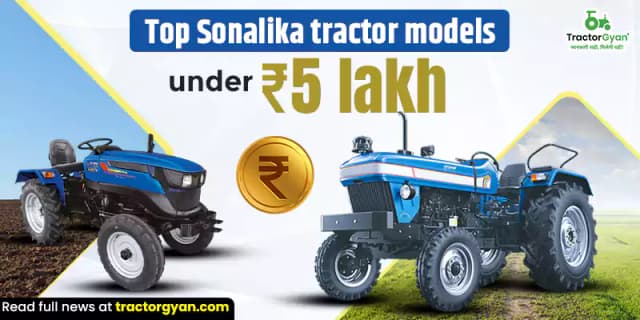


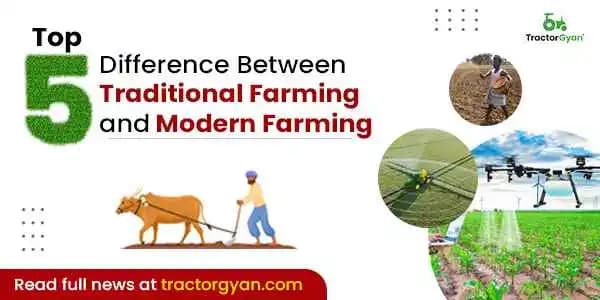


.webp&w=2048&q=75)
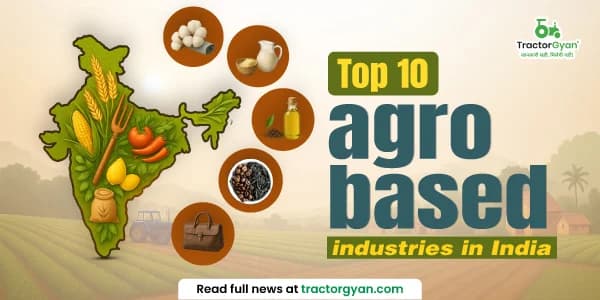
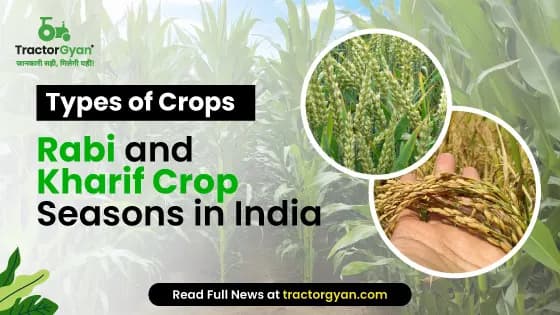
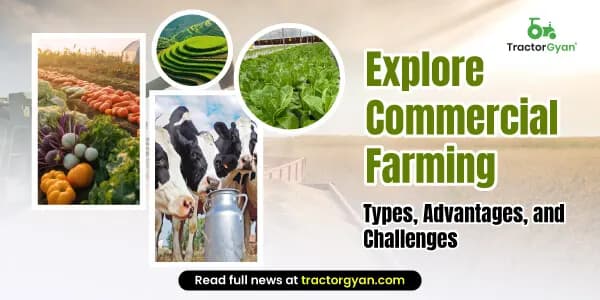

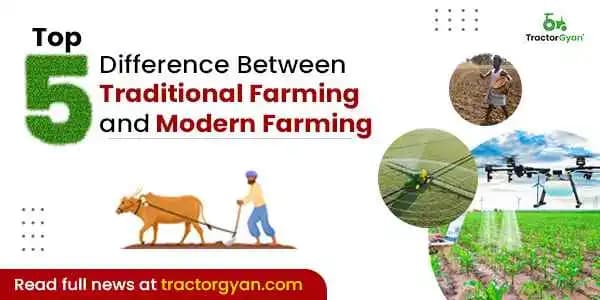
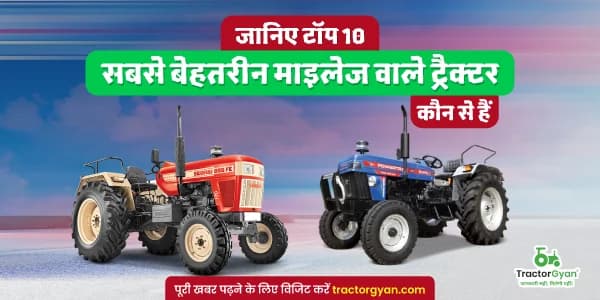
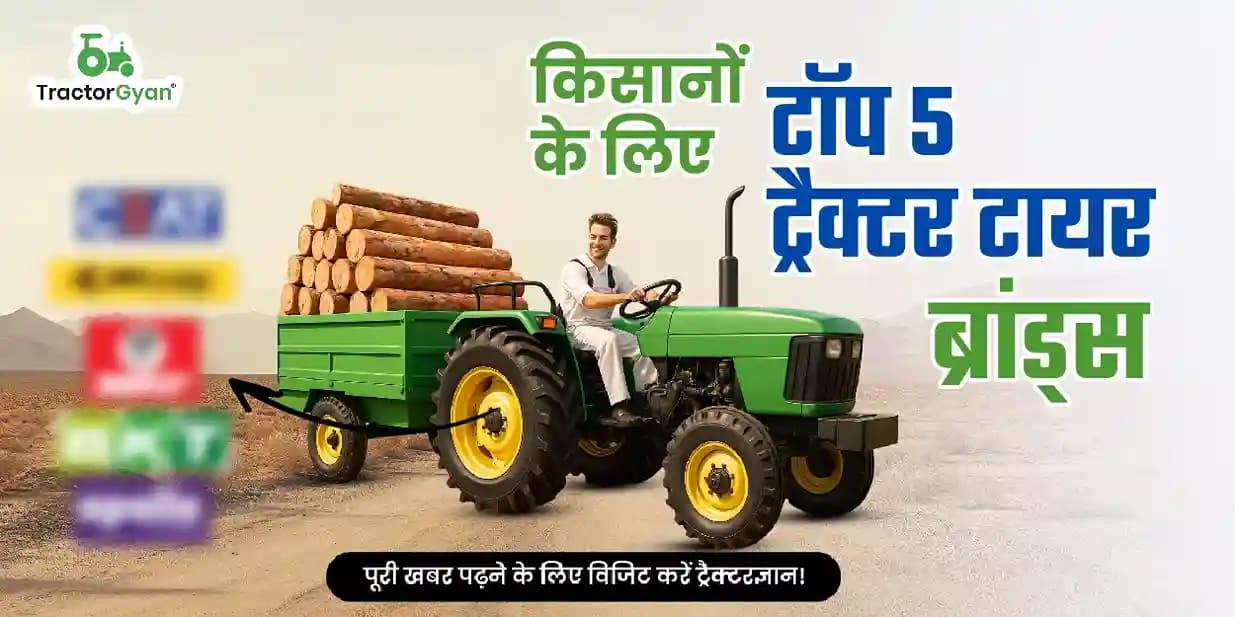


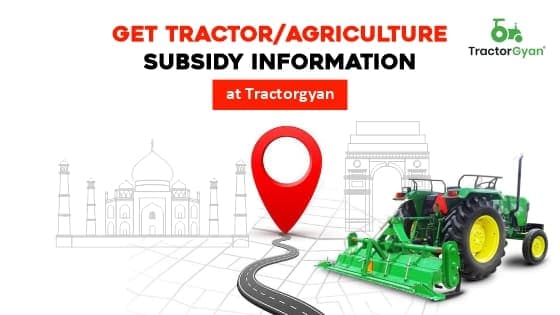
.webp&w=2048&q=75)
.webp&w=2048&q=75)



























